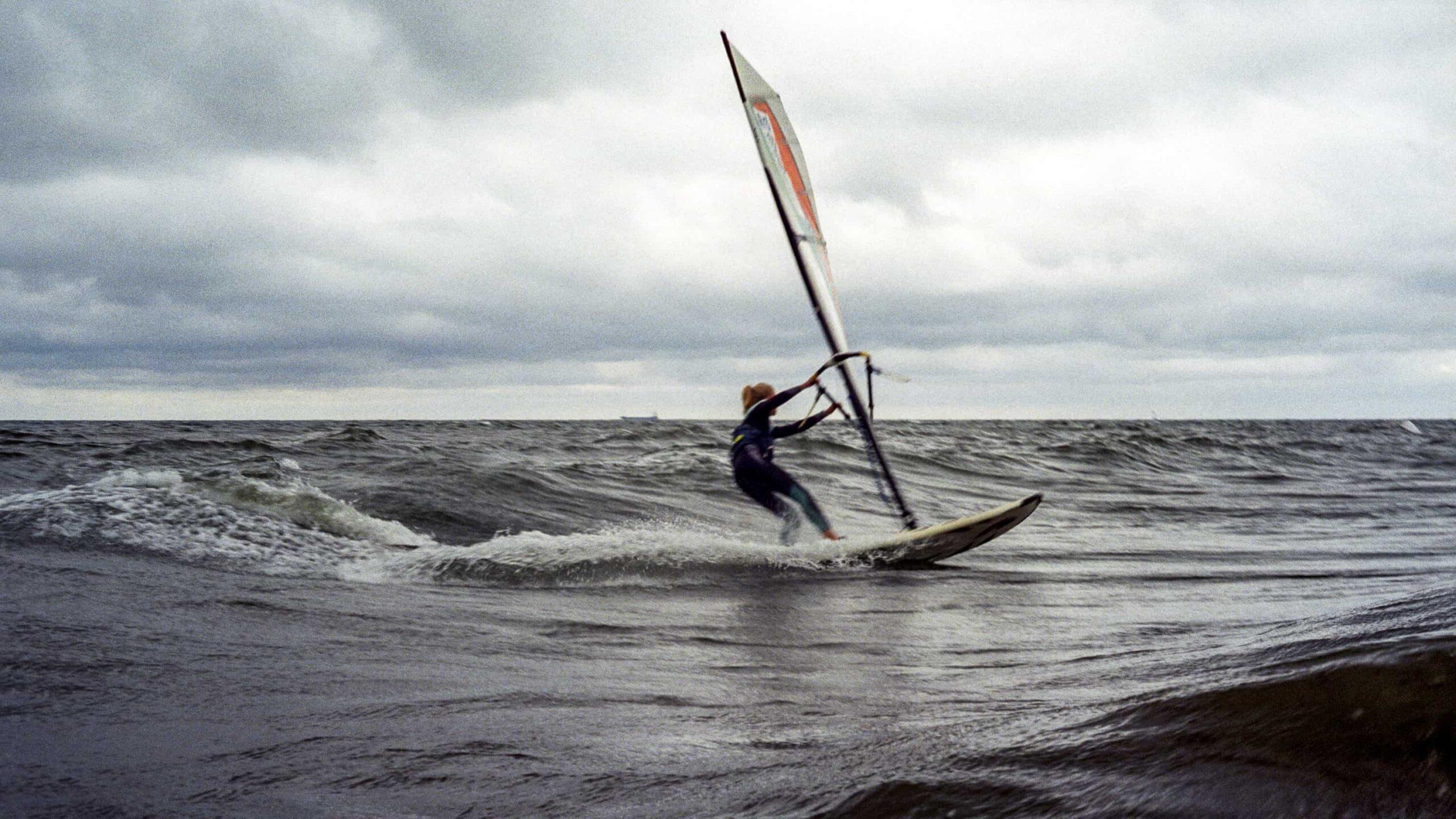Introduction:-Windsurfing is a thrilling water sport that combines elements of both sailing and surfing, offering an exhilarating experience for those seeking adventure on the open water. As with any sport, windsurfing has a set of rules designed to ensure fair competition, safety, and the overall enjoyment of the participants. In this comprehensive guide, we will delve into the fundamental rules that govern the exciting world of sports windsurfing.
Understanding the Basics:
Before diving into the specific rules of windsurfing, it’s crucial to have a solid understanding of the basic equipment and terminology involved in the sport. Windsurfing involves riding on a board, similar to a surfboard, with a sail attached to a mast. The sailor holds onto a boom attached to the sail, using the wind’s power to propel themselves across the water.
Key Equipment:
Board: The board is the windsurfer’s platform, providing buoyancy and stability. There are various types of boards, each designed for specific conditions and skill levels.
Sail: The sail captures the wind’s energy and converts it into forward motion. Sails come in different sizes, and the appropriate size is chosen based on the wind conditions and the sailor’s skill level.
Mast: The mast is a vertical pole that supports the sail, connecting it to the board. It allows the sailor to control the sail’s position and harness the wind’s power effectively.
Boom: The boom is a horizontal bar attached to the mast and sail. Sailors hold onto the boom to control the direction and tilt of the sail.
Fin: Located underneath the board, the fin provides stability and helps the sailor maintain a straight course.
Now that we have a basic understanding of the equipment, let’s explore the rules that govern the world of sports windsurfing.
Explore the excitement of sports Beach volleyball and Beach tennis. Our high-performance vessels redefine speed and style on the open water. Join the adventure
Windsurfing Rules:
Right of Way:
When two windsurfers are on a collision course, the sailor who has the wind coming from their right side has the right of way.
It’s crucial to yield to the windsurfer on your right and adjust your course to avoid collisions.
In situations where both sailors are on a collision course and neither has the right of way, both should alter their course to avoid a potential accident.
Starting Procedures:
Races often begin with a starting line, and sailors must follow specific starting procedures.
A common starting system is the 5-minute, 4-minute, 1-minute sequence, signaled by flags or sounds.
Sailors must not cross the starting line before the race officially begins, and any premature starts may result in penalties or disqualification.
Course Rules:
Windsurfing courses are typically marked by buoys or other indicators.
Sailors must follow the designated course and pass each marker in the correct order.
Failure to adhere to the course may lead to penalties or disqualification.
Right of Way at Buoys:
When approaching a buoy, the windsurfer on the outside has the right of way.
Sailors on the inside must yield and give way to those on the outside to avoid collisions.
Tacking and Jibing:
Tacking involves turning the sail and board through the wind, changing the direction of the course.
Jibing is a maneuver where the sailor turns the board downwind by swinging the sail around.
These maneuvers must be executed safely, taking into account the proximity of other windsurfers.
Penalties:
Penalties may be imposed for rule violations, and these can include taking a penalty turn or facing disqualification, depending on the severity of the infraction.
A penalty turn involves a 360-degree rotation of the windsurfer’s board, usually performed after a rule violation.
Windward-Leeward Rule:
When windsurfers are on opposite tacks, the one on the port tack (wind coming over the left side) must give way to the one on the starboard tack.
If both windsurfers are on the same tack, the one windward (upwind) must give way to the one leeward (downwind).
Proper Conduct:
Sportsmanship is a fundamental aspect of windsurfing, and sailors are expected to conduct themselves in a fair and respectful manner.
Deliberate fouls or unsportsmanlike behavior can result in penalties or disqualification.
Equipment Regulations:
Windsurfing equipment must meet specific regulations set by governing bodies to ensure fairness and safety.
Inspections may be conducted to verify that sails, boards, and other equipment comply with the rules.
Safety Measures:
Participants are required to wear appropriate safety gear, including a life jacket and, in some cases, a helmet.
In the event of adverse weather conditions or emergencies, organizers may suspend or cancel races to prioritize the safety of participants.
Conclusion:
Windsurfing is a dynamic and exhilarating sport that requires a combination of skill, strategy, and adherence to rules. Whether you’re a seasoned competitor or a beginner navigating the wind and waves for the first time, understanding and following these rules ensures a safe and enjoyable experience for all. As with any sport, sportsmanship and respect for fellow competitors are at the core of the windsurfing community, making it not only a thrilling physical activity but also a community of enthusiasts passionate about the wind, water, and the pursuit of the perfect ride.



